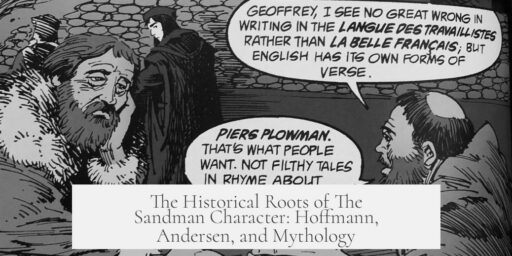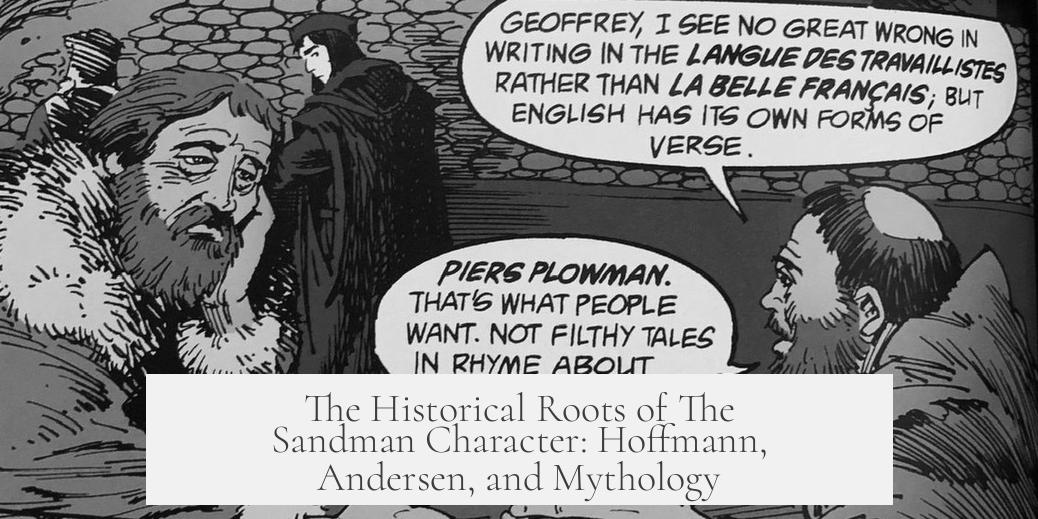The historical origin of The Sandman character traces back to 19th-century European literature and earlier mythologies, combining elements of folklore, classical myths, and cultural motifs to form the figure known today.
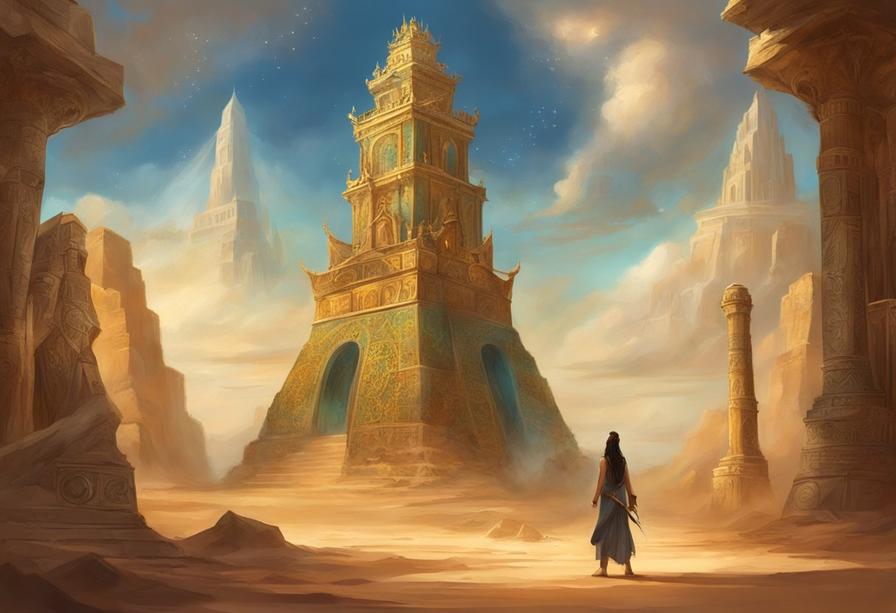
The modern Sandman draws largely from two distinct 19th-century stories. First, E.T.A. Hoffmann’s 1816 narrative Der Sandmann presents a darker figure. Here, the Sandman is malevolent, throwing sand in children’s eyes who resist sleep. This causes their eyes to fall out, nourishing his moon-dwelling offspring. This portrayal emphasizes fear and punishment.
In contrast, Hans Christian Andersen’s 1841 tale “Ole Lukøje” offers a gentler Sandman. This character sprinkles sleep over children, granting good dreams to the virtuous and deep dreamless sleep to the naughty. Ole Lukøje claims to be both the god of dreams and the brother of the god of death. This softer image shapes much of the popular contemporary view of the Sandman.
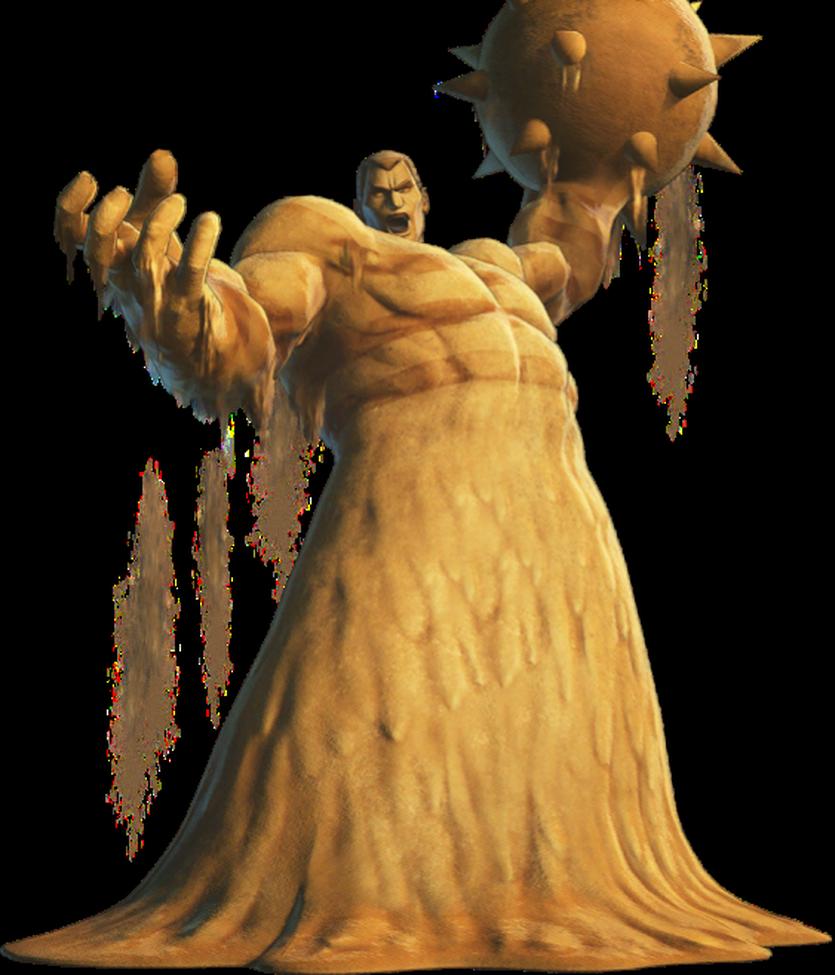
| Character | Author | Portrayal |
|---|---|---|
| Sandman | E.T.A. Hoffmann | Sinister figure punishing children by stealing their eyes |
| Ole Lukøje | Hans Christian Andersen | Kind dream-bringer, god of dreams, brother of death |
Both characters incorporate elements of traditional folklore but also significantly reflect their authors’ contexts.
Exploring deeper, the concept of a sleep deity with a death-associated sibling traces to Roman mythology. Somnus, the god of sleep, and Mors, god of death, are brothers in Virgil’s Aeneid. Somnus dwells in a cave, lying on a sandy bed, and causes sleep by sprinkling water on people, an ability seen when he lulls Palinurus to sleep. Ovid similarly describes Somnus in his Metamorphoses.
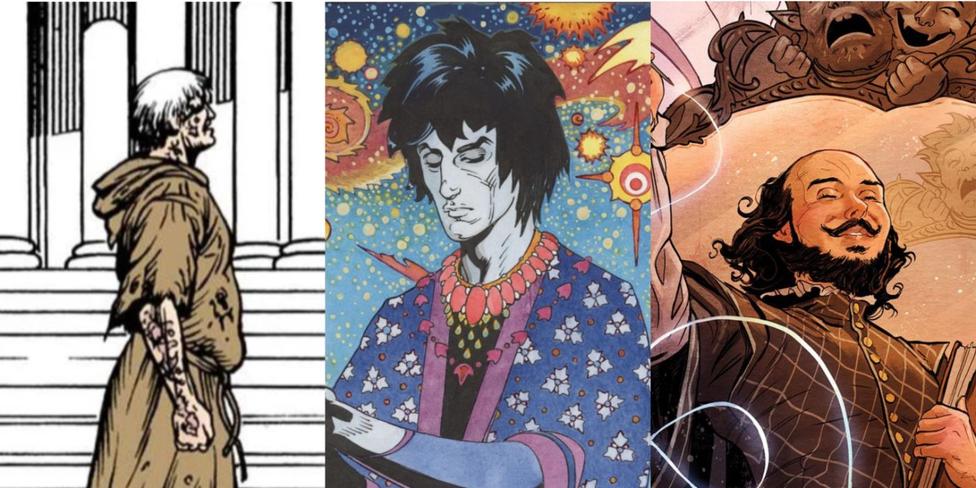
Andersen encountered classical myths through his upbringing and travels. His father read him stories, and Andersen’s journeys across Italy and Rome in the 1830s exposed him to many tales and classical culture. During this period, a resurgence of interest in Greek and Roman mythology occurred across Europe, influencing artists and writers. Andersen noted how traditional folklore inspired his early fairy tales, possibly merging in local myths and classical elements.
Thus, Andersen’s Ole Lukøje likely reflects this blend. The idea of a dream god with a death brother aligns closely with Somnus and Mors. While Andersen never explicitly credited these sources, contextual evidence supports a probable connection. This bridge from myth to modern storytelling helped revive and reshape ancient motifs into his Sandman.
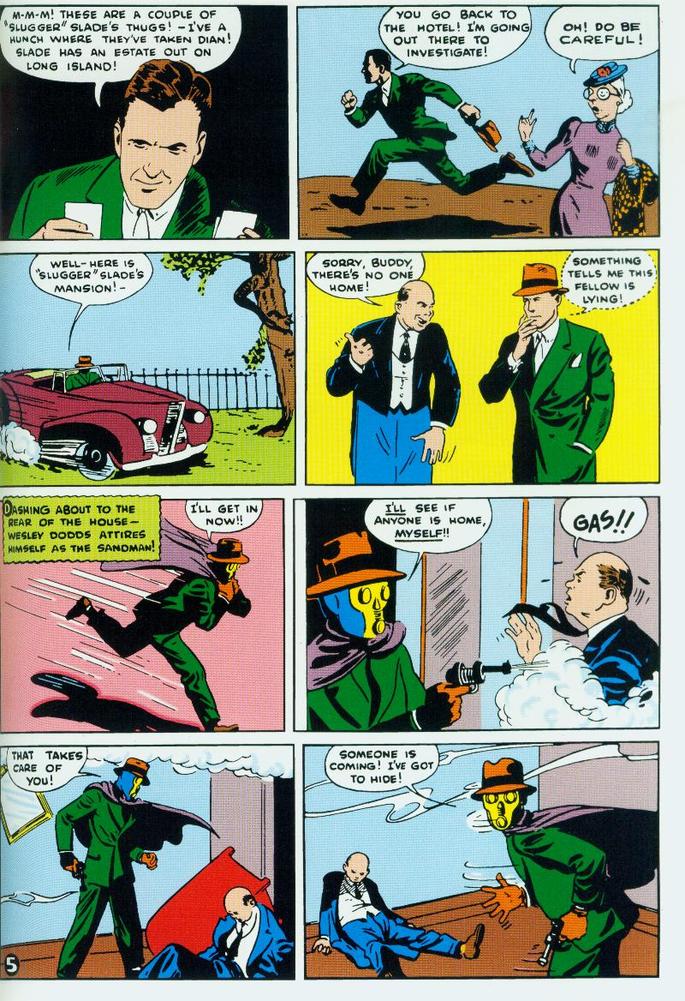
In summary, The Sandman character we recognize today originates primarily from 19th-century European literature combined with mythological roots dating to Roman antiquity. Hoffmann’s dark Sandman and Andersen’s kinder Ole Lukøje offer contrasting images that inform popular culture. Somnus’s mythological narrative as the god of sleep, brother to death, provided a framework that Andersen adapted and humanized. This created an enduring symbol tied to sleep, dreams, and the mystery of night.
- The Sandman as a character is chiefly based on Hoffmann’s 1816 malevolent figure and Andersen’s 1841 benevolent Ole Lukøje.
- Andersen’s depiction likely draws from the Roman myth of Somnus (sleep) and Mors (death), who were brothers.
- Somnus’s ability to induce sleep by sprinkling water and living on a sandy bed connects symbolically to Andersen’s Sandman.
- Andersen’s exposure to Classical mythology during his Italian travels influenced his fairy tales.
- The modern Sandman combines folklore, literature, and classical myth into a complex figure associated with dreams and sleep.
What’s the Historical Origin of The Sandman Character?
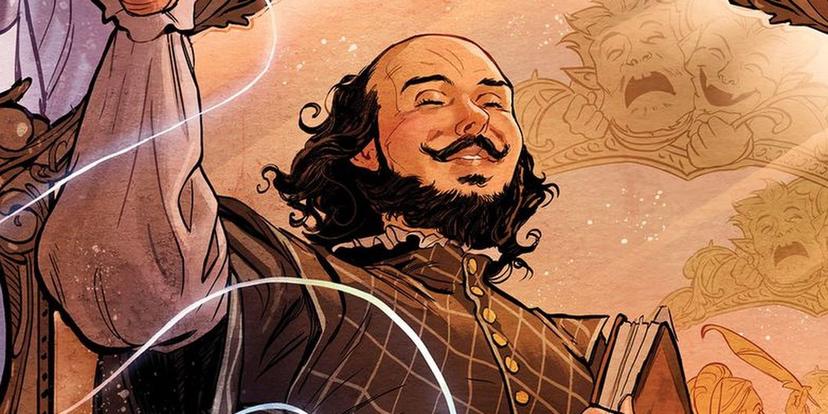
The Sandman character famously originates from two distinct 19th-century European stories that cast him in very different lights: as a sinister monster in E.T.A. Hoffmann’s 1816 tale, and as a gentle bringer of dreams in Hans Christian Andersen’s 1841 story of Ole Lukøje.
But where did these two contrasting images come from? The truth runs deeper than folklore alone, weaving mythology, cultural revival, and literary creativity into the fabric of the Sandman’s origin.

A Tale of Two Sandmen: Hoffmann vs. Andersen
Let’s start with the darker version. In Hoffmann’s Der Sandmann (1816), the Sandman is no friendly spirit. He throws sand into the eyes of children who refuse to sleep, causing their eyes to fall out. Why? To feed his own children, who live on the moon. Yes, a moon-dwelling Sandman family living off human eyeballs is quite the creepy bedtime story.
On the flip side, Andersen’s Ole Lukøje is a much kinder entity. This Sandman sprinkles magical dust to lull children into sleep and tailor their dreams—good kids receive pleasant dreams, bad ones are given a deep, dreamless rest. Ole Lukøje even claims to be the god of dreams and brother to the god of death, a detail that ties directly into ancient mythologies.
The Mythological Bedrock: Somnus and Mors
Here’s the kicker: Andersen’s Ole Lukøje seems inspired by Roman mythology, particularly the figures Somnus (sleep) and Mors (death), who are brothers. This mythic familial bond echoes precisely in Andersen’s story.
Somnus, roughly the Roman version of Hypnos from Greek myths, is said to live in a cave with a sandy bed—fitting, right? His special talent is putting humans to sleep, often depicted as sprinkling water or dust over their eyes to induce slumber. This image matches Andersen’s Sandman closely.
In Virgil’s Aeneid, Somnus sends Palinurus into sleep by sprinkling water, a direct parallel to the sleep-inducing powers of Ole Lukøje. Meanwhile, death’s close proximity in mythology is personified by Mors, Somnus’s brother, establishing a natural connection between sleep and death in the mythos that filters through Andersen’s tale.
Andersen’s Exposure and Creative Fusion
But how did Andersen get hooked on these mythological motifs? He was no stranger to classical stories. His father read him tales from around the world when he was a child. Later, between 1833 and 1835, Andersen traveled extensively in Italy, spending time in Rome, a cultural hotspot for classical art and myth revival.
He even wrote about Rome in his novel The Improvisatore, blending personal experience with folklore. Andersen’s diaries reveal that during his Italian adventures, he drew inspiration from local myths and classical stories, crafting his own fairy tales like Ole Lukøje by blending folklore with these ancient themes.
What’s more, the 19th century saw a flourishing interest in Greek and Roman mythology, with artists and writers rekindling their love for these stories. This cultural backdrop certainly helped shape the portrayal of the Sandman as a powerful figure linked to sleep and death, just as those Roman myths depicted.
Folklore vs. Myth: The Blurred Lines
There is an interesting rumor that Hoffmann’s darker Sandman may have roots in Romanian folklore, where a similar malevolent figure allegedly exists. Unfortunately, evidence is thin, and the connection remains speculative.
As for Andersen, he never fully explained the exact origins of his Sandman figure, leaving room for interpretation. It seems likely that Andersen borrowed from several sources: classical mythology, local European folklore, and his own imaginative creativity.
This duality—the dark Sandman of Hoffmann and the gentle Ole Lukøje of Andersen—reflects a broader cultural narrative: sleep can be both fearsome and soothing, mysterious and divine.
Why Does This Matter?
Understanding the historical origin of the Sandman enriches our appreciation of this beloved character. It tells us that bedtime stories are not just fluff but are rooted in complex myths and cultural histories.
Next time you hear a tale about the Sandman sprinkling dust to help you sleep, remember: you’re connecting with a tradition that links Roman gods, chilling folklore, and 19th-century literary genius all in one.
Summary Table: Two Sandmen and Their Mythical Roots
| Aspect | Details |
|---|---|
| Andersen’s Ole Lukøje | Benevolent figure who sprinkles sleep for good dreams or deep sleep; claims to be god of dreams and brother to death. |
| Hoffmann’s Sandman | Malevolent, throws sand in children’s eyes; eyes fall out and feed Sandman’s children on the moon. |
| Roman Mythological Roots | Somnus (Sleep) and Mors (Death) are brothers; Somnus puts people to sleep by sprinkling water; lives in cave with sandy bed. |
| Andersen’s Influences | Exposure to classical myths via father’s stories, travels in Italy/Rome, and 19th-century myth revival in arts and literature. |
| Uncertain Folklore Origins | Possible ties of Hoffmann’s Sandman to Romanian folklore remain speculative. |
Final Thoughts
The Sandman’s origin is like a bedtime story with layers—myth, art, folklore, and literature blend into one. Both the sinister and the kind versions come from rich backgrounds. Each version serves a purpose: Hoffmann’s story warns and frightens, Andersen’s soothes and inspires dreams. Which Sandman do you prefer visiting your dreams?
What are the two main 19th-century literary versions of The Sandman?
The Sandman appears as a dark, frightening figure in E.T.A. Hoffmann’s 1816 story, where he harms children. In contrast, Hans Christian Andersen’s 1841 Ole Lukøje is kinder, giving good dreams or deep sleep depending on a child’s behavior.
How does the Roman mythology of Somnus relate to The Sandman?
Somnus, the Roman god of sleep, is said to sprinkle a magical substance to induce sleep, much like The Sandman’s sand. He has a brother named Mors, the god of death, which echoes Andersen’s description of Ole Lukøje’s brother as death.
Did Hans Christian Andersen base his Sandman on classical myths?
Andersen traveled to Italy and Rome, where he studied folklore and myths. His writings suggest he drew on such sources, including the legend of Somnus, blending them into his story of Ole Lukøje.
Is there any folklore influence beyond European literature on The Sandman?
Some speculate Hoffmann’s Sandman might reflect Romanian folklore, but there’s limited evidence. The main influences remain the European literary works and Roman mythology.
Why is Andersen’s Ole Lukøje considered a god of dreams and death’s brother?
Andersen’s character directly references the sibling relationship between sleep and death found in Roman myths. Ole Lukøje claims to be both the god of dreams and brother to death, paralleling Somnus and Mors.
How did 19th-century cultural trends affect The Sandman’s origin?
During Andersen’s time, there was a revival of interest in classical myths. Artists and writers helped bring Greek and Roman stories to public attention, which influenced new character creations like The Sandman.
